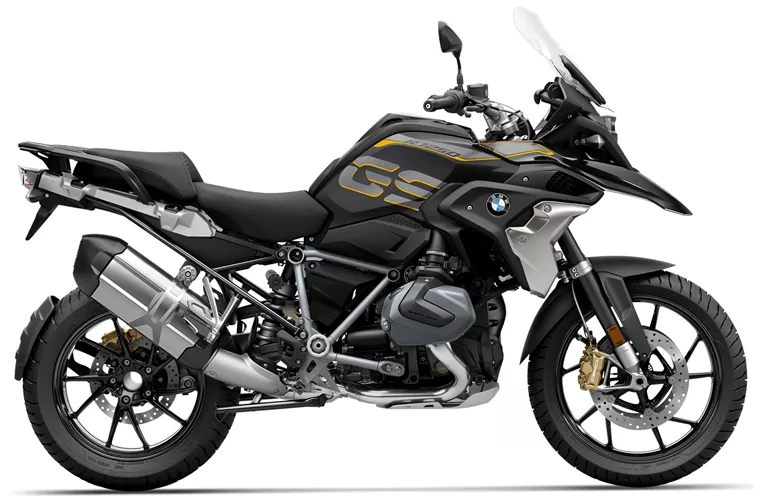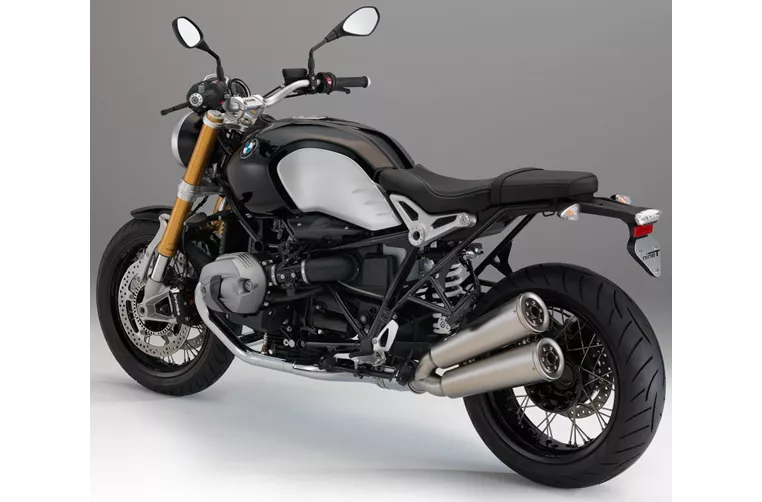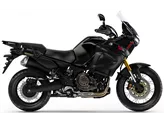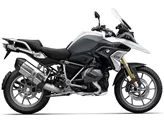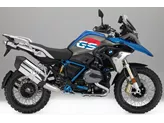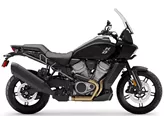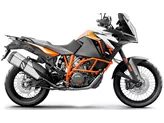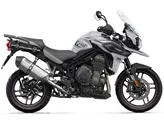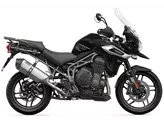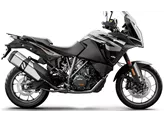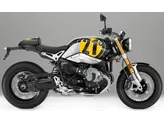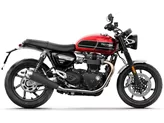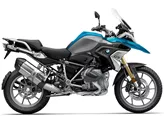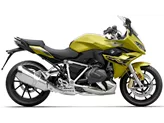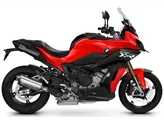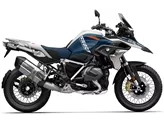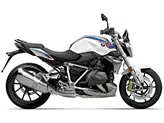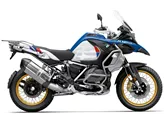BMW R 1250 GS 2019 vs. BMW R nineT 2014
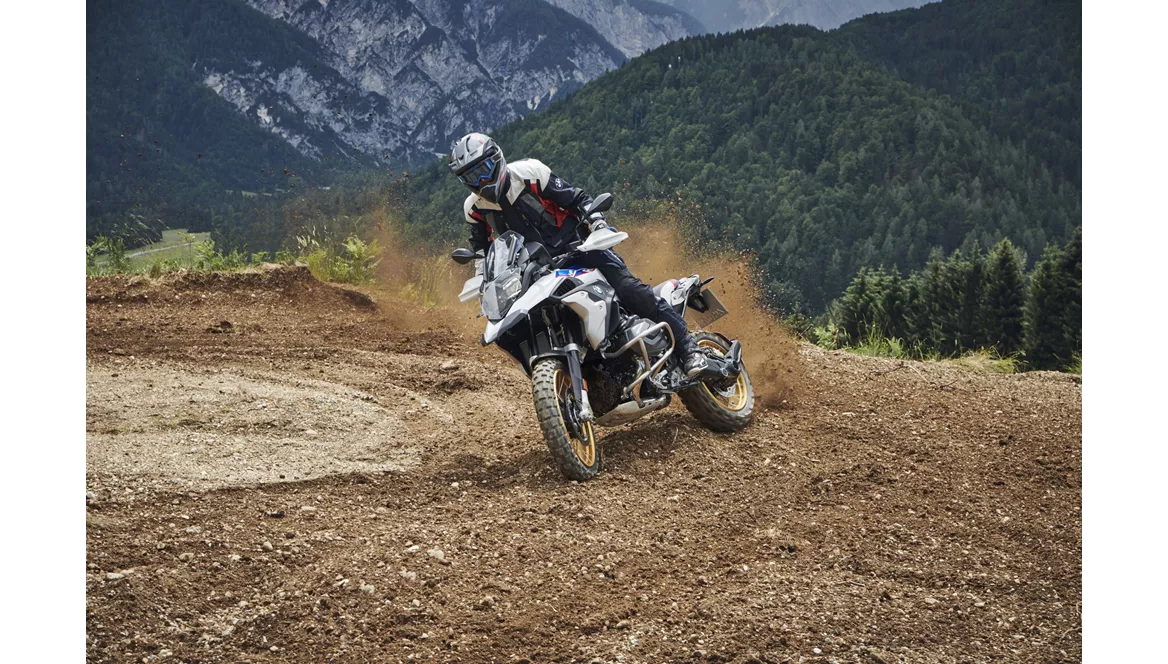
BMW R 1250 GS 2019
.jpg?format=webp&quality=80&trim.threshold=80&trim.percentpadding=1&scale=both&width=1168&height=664&bgcolor=rgba_39_42_44_0&mode=pad)
BMW R nineT 2014
Overview - BMW R 1250 GS 2019 vs BMW R nineT 2014
The BMW R 1250 GS 2019 and the BMW R nineT 2014 are both popular models from BMW, but they have several key differences in terms of their technical specifications and strengths.
Starting with the engine and drive train, both motorcycles have a Boxer engine type, but the R 1250 GS has a larger displacement of 1254cc compared to the R nineT's 1170cc. This results in the R 1250 GS having a higher engine power of 136 HP compared to the R nineT's 110 HP. Additionally, the R 1250 GS has a higher torque of 143 Nm compared to the R nineT's 119 Nm. Both motorcycles have a prop shaft transmission and 2 cylinders, but the R 1250 GS has liquid-air cooling while the R nineT has oil-air cooling.
In terms of suspension, the R 1250 GS has a Telelever front suspension and a single swing arm rear suspension. On the other hand, the R nineT has a telescopic fork front suspension and a Paralever rear suspension. Both motorcycles have a load-bearing engine frame type.
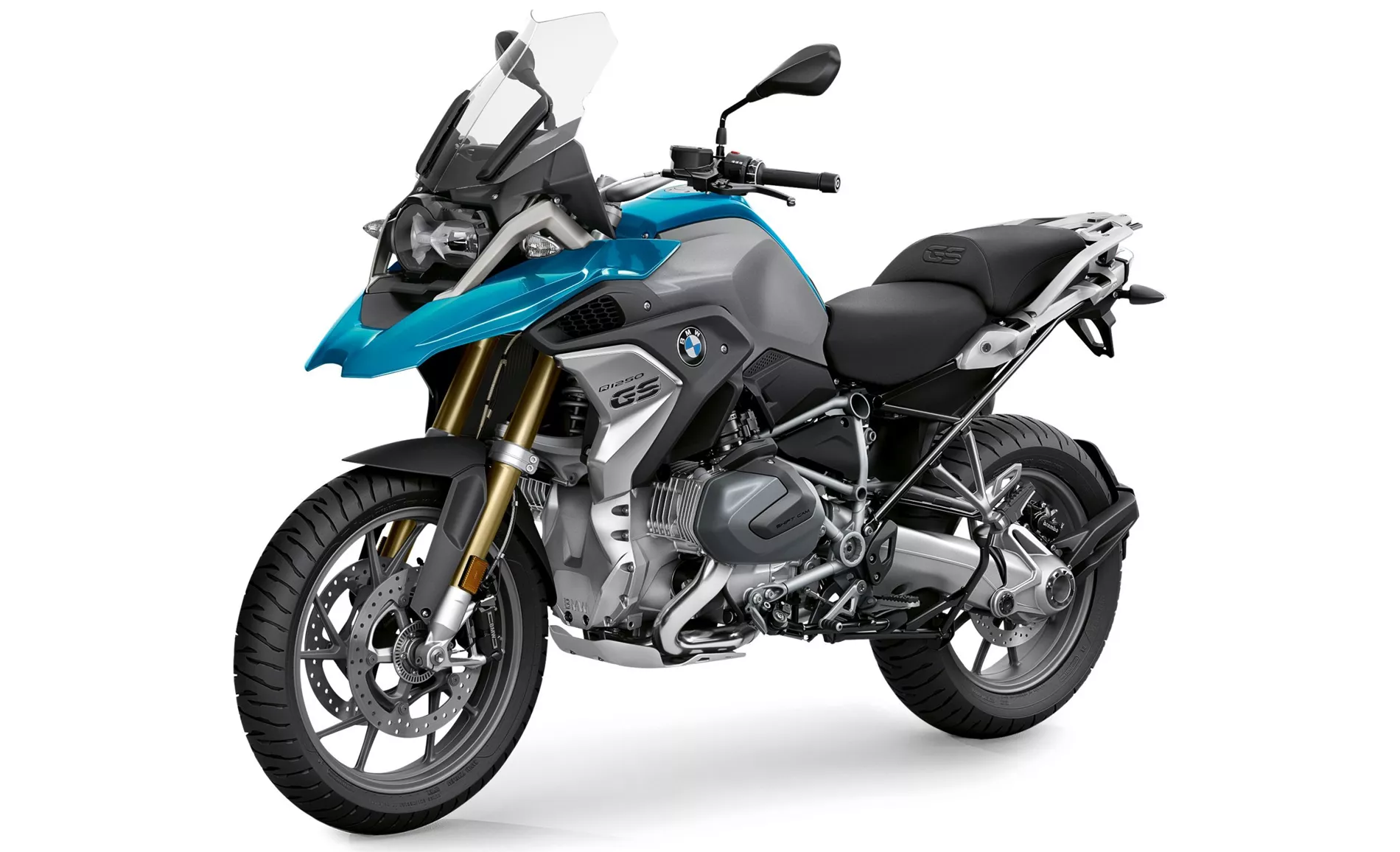
BMW R 1250 GS 2019
When it comes to brakes, both motorcycles have double disk front brakes with four pistons and radial technology. This ensures stable braking performance for both models.
In terms of dimensions and weights, the R 1250 GS has a front tire width of 120 mm and a front tire diameter of 19 inches, while the R nineT has a front tire width of 120 mm and a front tire diameter of 17 inches. The rear tire width for the R 1250 GS is 170 mm with a diameter of 17 inches, while the R nineT has a rear tire width of 180 mm with a diameter of 17 inches. The R 1250 GS also has a longer wheelbase of 1525 mm compared to the R nineT's 1476 mm. The seat height for the R 1250 GS is 850 mm, while the R nineT has a lower seat height of 785 mm. The R 1250 GS also has a higher kerb weight of 249 kg compared to the R nineT's 222 kg. Both motorcycles have a fuel tank capacity of 20 liters for the R 1250 GS and 17 liters for the R nineT.
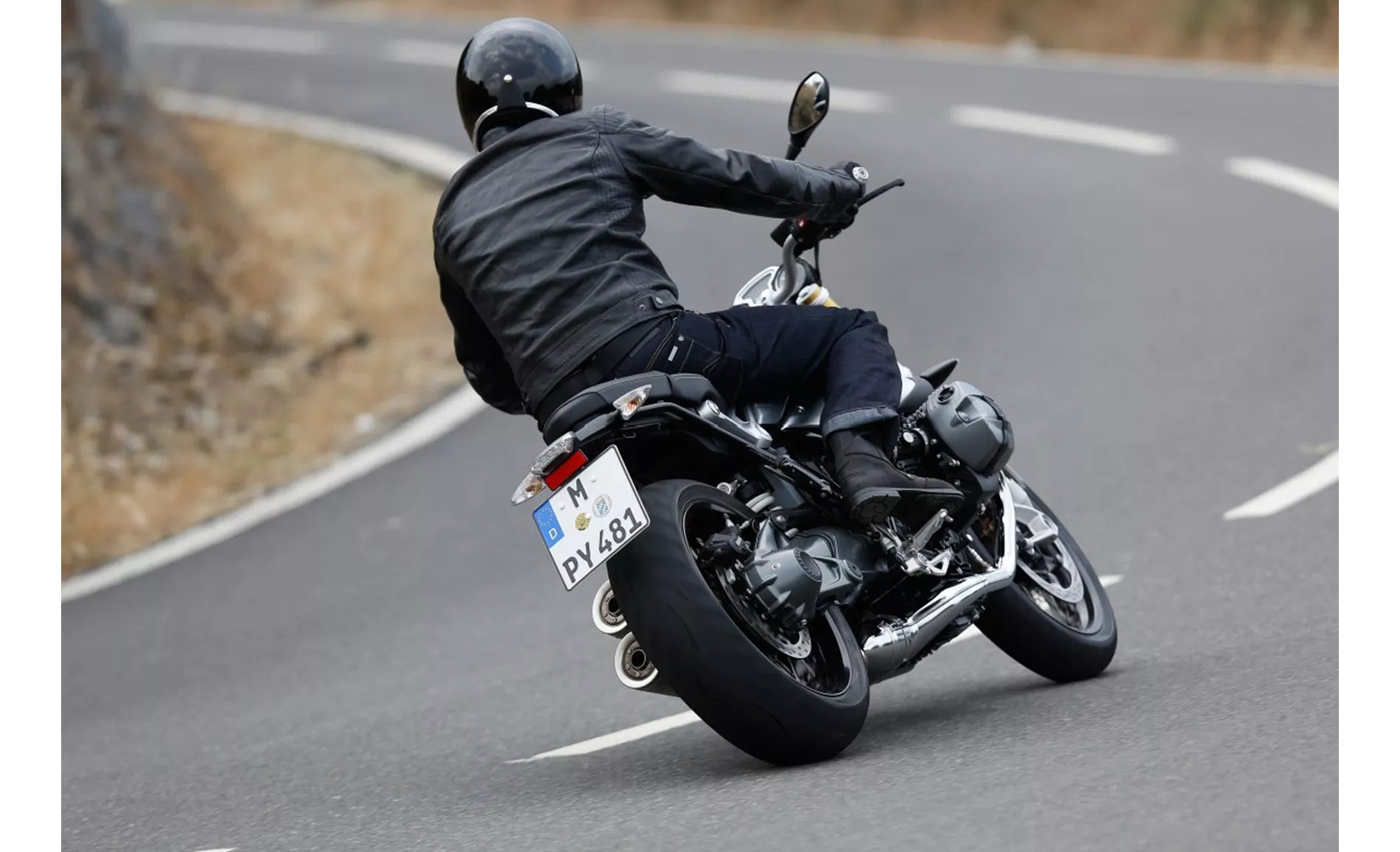
BMW R nineT 2014
In terms of strengths, the R 1250 GS has an extremely high-torque boxer engine, a good sound, and a comfortable seating position suitable for long distances. It also has stable braking performance, good weather protection, a standard colour TFT display, and LED headlights. On the other hand, the R nineT is praised for its optics, engine, fork, and workmanship.
However, the R 1250 GS does have some weaknesses such as manageable standard equipment and a long surcharge list. It is also criticized for its jagged appearance with little elegance. The R nineT, on the other hand, has a minor weakness of having a touch too little rebound damping in the shock absorber.
In conclusion, the BMW R 1250 GS 2019 and the BMW R nineT 2014 have their own unique strengths and weaknesses. The R 1250 GS offers a more powerful engine and a higher level of comfort and technology, while the R nineT stands out for its aesthetics and craftsmanship. Ultimately, the choice between the two models will depend on the rider's preferences and priorities.
Technical Specifications BMW R 1250 GS 2019 compared to BMW R nineT 2014
Pros and Cons in comparison
Pros and Cons in comparison
BMW R 1250 GS 2019
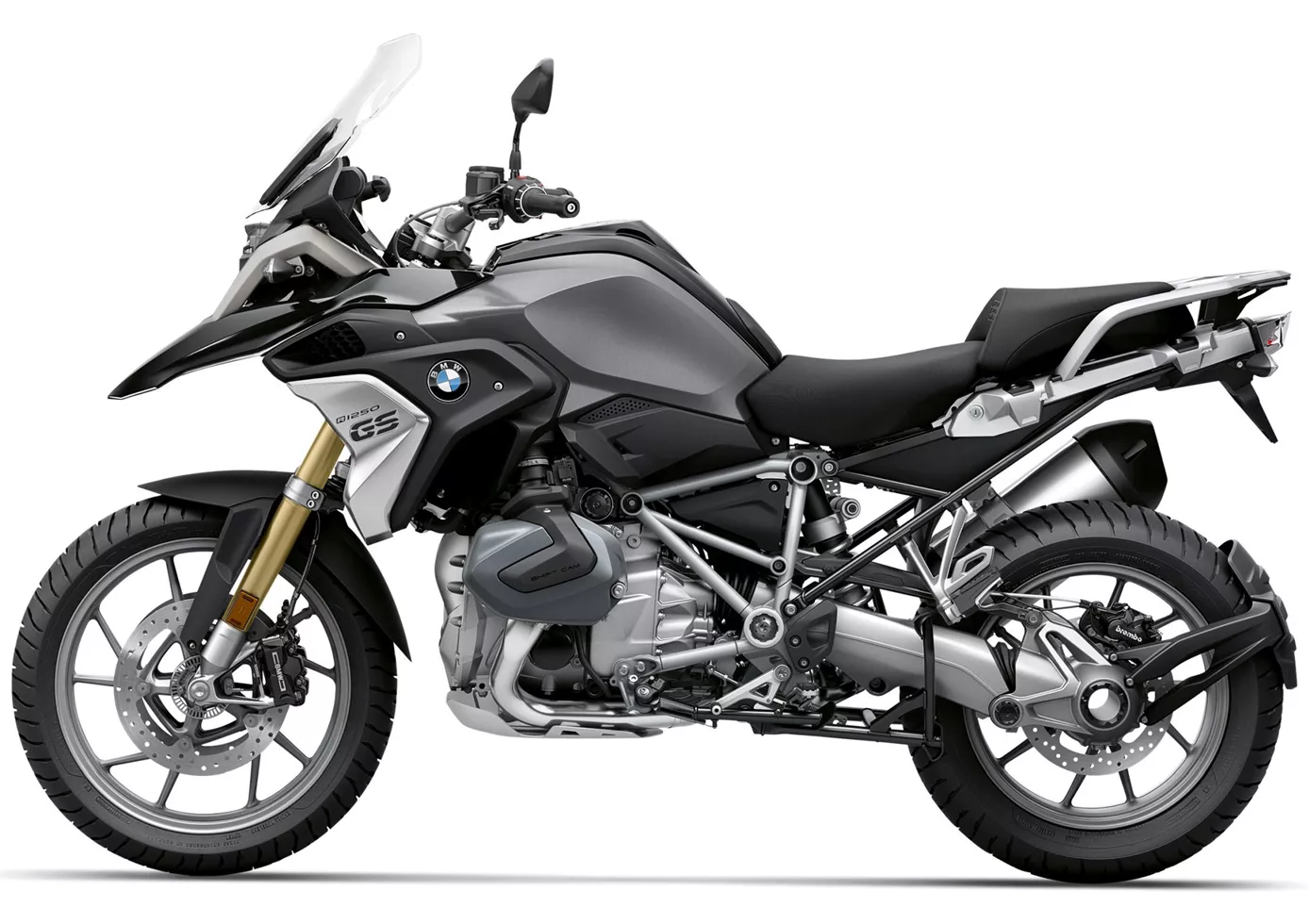
The BMW R 1250 GS is the logical further development of the R 1200 GS - logical above all because one should not expect such a popular motorbike to be radically changed. Accordingly, the design has been changed cautiously, and the familiar options for the chassis and electronics have been retained. The new name R 1250 GS, however, promises a new engine - and it really is something! 136 hp at 7750 rpm and a whopping 143 Newton metres of maximum torque at 6250 rpm are an absolute blast! BMW has thus renovated the big GS almost perfectly: it remains clearly recognisable, has a little more electronics as standard, a still long list of surcharges (which customers like to tick from A to Z) and a now even better and more sovereign power plant - what more could you want?!
BMW R nineT 2014
.jpg?format=webp&quality=80&trim.threshold=80&trim.percentpadding=1&scale=both&width=1388&height=980&bgcolor=rgba_39_42_44_0&mode=pad)
Very worthy retro machine. The other classic manufacturers really need to catch up.
Price Comparison Avarage Market Price BMW R 1250 GS vs BMW R nineT
There are a few key differences between a BMW R 1250 GS 2019 and a BMW R nineT 2014. In terms of price, the actual average price of a BMW R 1250 GS 2019 is about 57% higher. A BMW R 1250 GS 2019 experiences a loss of 960 USD in one year and 910 USD in two years of ownership. This is offset by a loss of 550 USD and 1,290 USD for a BMW R nineT 2014. Compared to BMW R nineT 2014 there are more BMW R 1250 GS 2019 bikes available on the 1000PS.de Marketplace, specifically 104 compared to 7. It takes less time to sell a BMW R 1250 GS with 46 days compared to 81 days for a BMW R nineT. Since model year 2019 1000PS.de editors have written 50 reviews for the BMW R 1250 GS and 57 reviews for the BMW R nineT since model year 2014. The first review for the BMW R 1250 GS was published on 9/19/2018 and now has more than 305,600 views. This compares to more than 17,000 views for the first review on BMW R nineT published on 10/17/2013.
